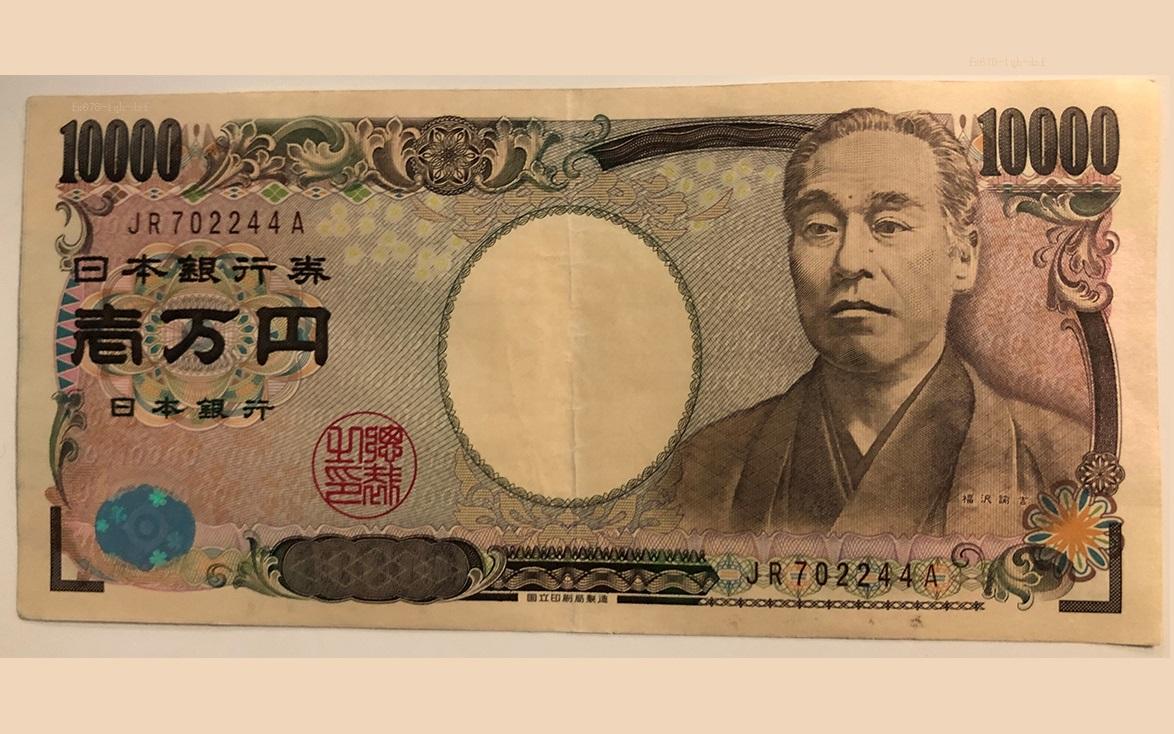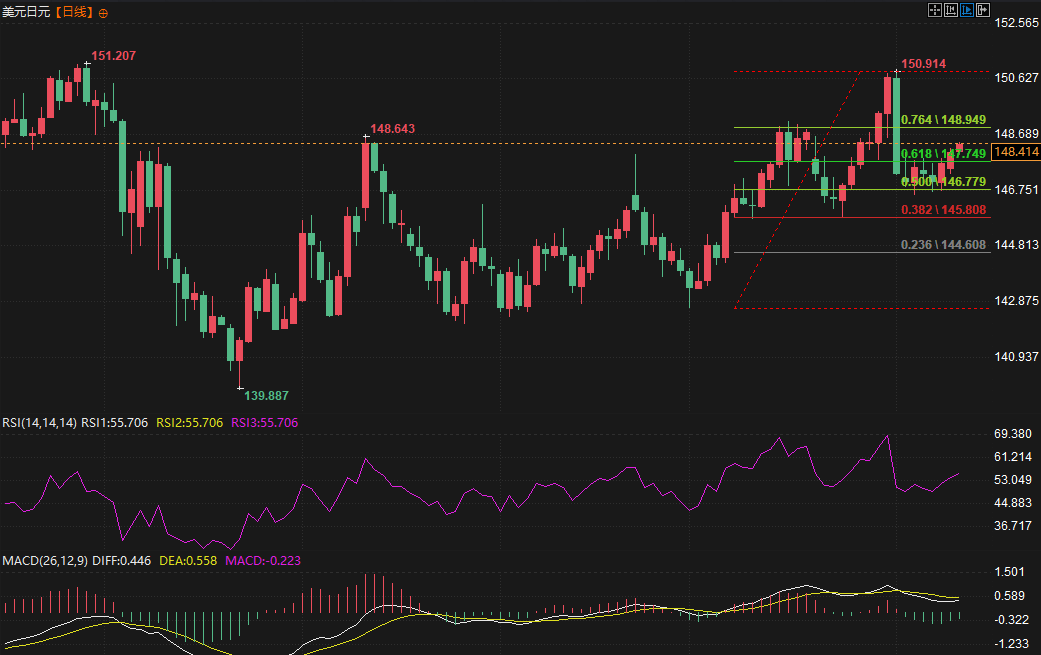The US and Japanese central banks' policy struggles and the cooling of risk aversion have pushed the dollar to a one-and-a-half-week high against the yen.
2025-08-12 13:50:46

Factors putting pressure on the yen: Policy uncertainty and market sentiment resonate
Against the backdrop of political uncertainty, the potential negative impact of higher US tariffs on the domestic economy suggests that the prospect of further policy normalization by the Bank of Japan (moving from the previously implemented ultra-loose monetary policy to a more conventional, neutral monetary policy stance) may be delayed.
The Bank of Japan's "Summary of Opinions" released last Friday (August 8) showed that policymakers discussed the possibility of resuming interest rate hikes.
Furthermore, the Bank of Japan (BOJ) raised its inflation forecasts in July and reiterated its commitment to further rate hikes if growth and inflation continue to track its estimates. This, in turn, could deter aggressive yen short bets. Furthermore, the overall positive tone in the stock market continues to weaken the yen as a safe-haven currency.
Diverging policy expectations: key to limiting the yen's decline
The Bank of Japan's upward revision of its inflation forecasts in July left open the possibility of an interest rate hike by the end of the year. In contrast, the likelihood of a Federal Reserve rate cut surged after the weaker-than-expected July jobs report released earlier this month. This, in turn, limited further appreciation of the US dollar and any potential rebound in USD/JPY. Traders may also opt to await US consumer inflation data, which could help limit the yen's trading range.
Yen bulls remain on the sidelines as reduced safe-haven demand for the currency offsets the impact of a relatively hawkish Bank of Japan.
Japan's economic worries: Falling wages and fiscal health raise concerns
Data released last week by Japan's Ministry of Health, Labor and Welfare showed that real wages, adjusted for inflation, fell for the sixth consecutive month in June, fueling concerns about a consumption-led recovery. Meanwhile, Japan's fiscal health is deteriorating, with opposition parties calling for increased spending and tax cuts, especially after the ruling Liberal Democratic Party lost the upper house election on July 20.
Market reaction to tariffs muted
Investors appeared to shrug off the latest tariff escalation, as evidenced by the upbeat tone in global stock markets. This contributed to the yen's third consecutive day of relative underperformance on Tuesday, pushing the dollar to a 1-1/2-week high against the yen in Asian trading.
Fed rate cut expectations: Dollar gains limited as traders focus on inflation data
Traders overwhelmingly believe the Federal Reserve will resume its interest rate-cutting cycle in September and deliver at least two more quarter-point cuts before the end of the year. Expectations were bolstered by disappointing U.S. nonfarm payrolls data that showed employers slowed their pace of hiring in July.
Despite the USD/JPY rally over the past two trading days, the weak non-farm payroll report continues to weigh on the USD/JPY exchange rate. Traders appear hesitant, eagerly awaiting the release of the latest US consumer inflation data at 8:30 PM. This key data will impact expectations of a Federal Reserve rate cut, driving demand for the US dollar.
This week's focus: Fed speech and economic data may exacerbate exchange rate fluctuations
Investors will take further cues from speeches by influential members of the Federal Reserve (FOMC), which should provide some meaningful impetus for the USD/JPY exchange rate. This week's economic calendar also includes the release of the US Producer Price Index (PPI) on Thursday and preliminary Japanese second-quarter GDP data on Friday. This could further increase USD/JPY volatility in the latter half of the week.
Resistance and Support
USD/JPY price broke through the 147.75-147.80 resistance level (38.2% Fibonacci retracement level of the July uptrend) overnight and closed above the 148.00 round number, which can be seen as the pair gaining key momentum.
"Furthermore, the oscillators on the daily chart are all bullish, suggesting that the path of least resistance for the pair is to the upside. Some buying activity behind the 148.45-148.50 area will continue to push the pair higher and could push it towards 149.00 or the 23.6% Fibonacci retracement level."
On the other hand, the 148.00 level and subsequently the 147.80-147.75 area could support the pair.
Any further decline could be viewed as a retest of the 147.00 round number, a buying opportunity, and find support at the 146.80 price confluence, which includes the 200-day moving average (MA) and the 50% Fibonacci retracement level on the 4-hour chart.
However, if the latter is broken, it could trigger some technical selling and drag the pair below 146.00, or the 61.8% Fibonacci retracement level. The downward trajectory could extend further and eventually drag the pair down to the psychological level of 145.00.

(USD/JPY daily chart, source: Yihuitong)
At 13:47 Beijing time, the USD/JPY exchange rate was 148.25/26.
- Risk Warning and Disclaimer
- The market involves risk, and trading may not be suitable for all investors. This article is for reference only and does not constitute personal investment advice, nor does it take into account certain users’ specific investment objectives, financial situation, or other needs. Any investment decisions made based on this information are at your own risk.





















